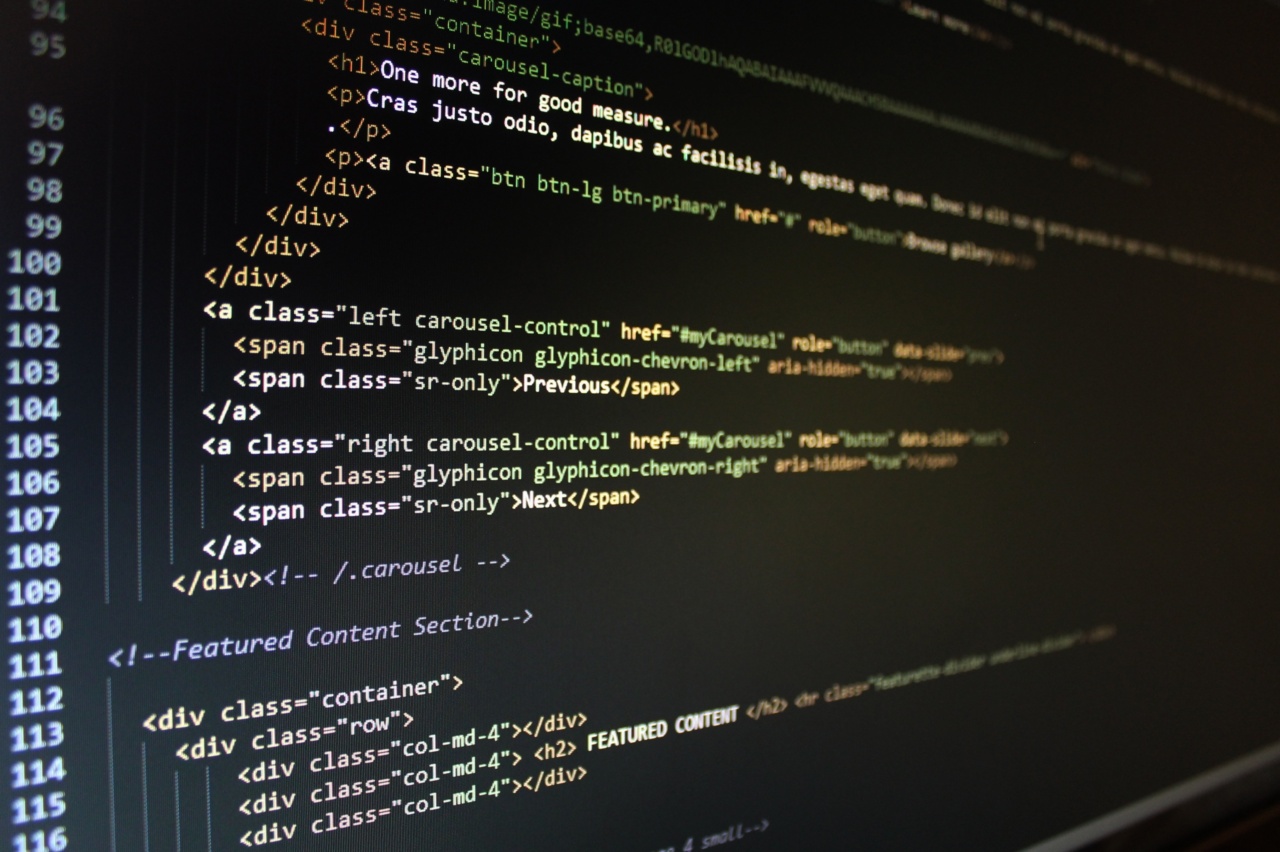Myopia, commonly known as nearsightedness, is a refractive error that affects the ability to see distant objects clearly. It is a prevalent vision problem worldwide, and its incidence has been increasing rapidly in recent years.
While genetics and environmental factors play a significant role in myopia development, the advent of technology and its excessive usage has sparked concerns about its impact on the prevalence of myopia, particularly among children and young adults.
Understanding Myopia
Before delving into the role of technology in myopia development, it is essential to understand the basics of this visual condition.
Myopia occurs when the eyeball is too long or the cornea is too curved, causing light entering the eye to focus in front of the retina rather than on it. As a result, distant objects appear blurry, while close-up objects can be seen clearly. Myopia can range from mild to high, and it can worsen over time in some individuals.
Prevalence of Myopia
Over the past few decades, the prevalence of myopia has risen dramatically, particularly in East and Southeast Asian countries. In some regions, up to 80% of young adults are affected by myopia.
The situation is also becoming a concern in other parts of the world, including Europe and the United States, where the prevalence of myopia has doubled or tripled over the last few decades.
The Technological Shift
In recent years, there has been a significant shift in our lifestyle due to technological advancements. The widespread usage of smartphones, tablets, computers, and other digital devices has become an integral part of our daily lives.
Children and young adults, in particular, are spending an increasing amount of time engaged in near work activities, such as using electronic devices, playing video games, and reading from screens.
Excessive Near Work and Myopia
Several studies have suggested a correlation between excessive near work activities and the development of myopia.
The prolonged use of electronic devices, combined with poor visual hygiene practices (such as insufficient outdoor time and inadequate lighting), is believed to contribute to the increasing prevalence of myopia. The eyes of children and young adults are still developing, making them more susceptible to the environmental factors associated with myopia development.
Impact of Blue Light
One concern regarding technology’s role in myopia development is the exposure to blue light emitted by digital screens. Blue light has a shorter wavelength and higher energy compared to other colors in the visible light spectrum.
Prolonged exposure to blue light, especially during evening hours, can disrupt the body’s natural sleep-wake cycle and affect the production of melatonin, a hormone that regulates sleep. Irregular sleep patterns can have a detrimental effect on eye health and potentially contribute to myopia progression.
Educational and Environmental Changes
To address the increasing prevalence of myopia, both educational and environmental changes have been suggested. Schools and parents are encouraged to promote a balanced lifestyle that includes outdoor activities and limits screen time.
The 20-20-20 rule, where individuals take a 20-second break every 20 minutes to look at something 20 feet away, can help reduce eye strain associated with prolonged near work activities. Proper lighting conditions, maintaining proper posture, and regular eye check-ups are also crucial in preventing myopia progression.
Technological Interventions
Technology itself can also provide solutions to address its own role in myopia development. Some devices now offer blue light filters to reduce the harmful effects of blue light emission.
Additionally, electronic devices can be programmed to remind users to take breaks and adhere to the 20-20-20 rule. Moreover, researchers are exploring the use of virtual reality and augmented reality technologies to create more visually stimulating and beneficial visual experiences that may help counter the negative effects of prolonged near work.
The Importance of Awareness and Optometric Care
While technology’s role in myopia development is a growing concern, it is important to note that it is not the sole cause of myopia. Genetic and environmental factors still play significant roles.
However, raising awareness about the potential impact of technology and encouraging regular optometric care can help minimize the risks associated with excessive device usage. Regular eye examinations can detect myopia at an early stage, allowing for timely interventions and the implementation of preventive measures.
Conclusion
In conclusion, the role of technology in myopia development is a complex and evolving topic.
While excessive near work and prolonged exposure to blue light emitted by digital devices are believed to contribute to the increasing prevalence of myopia, additional research is needed to fully understand its mechanisms. It is crucial for individuals, especially children and young adults, to maintain a balanced lifestyle with adequate outdoor activities and prudent use of technology.
With increased awareness, responsible device usage, and regular optometric care, we can mitigate the potential adverse effects of technology on myopia and preserve good eye health.




























